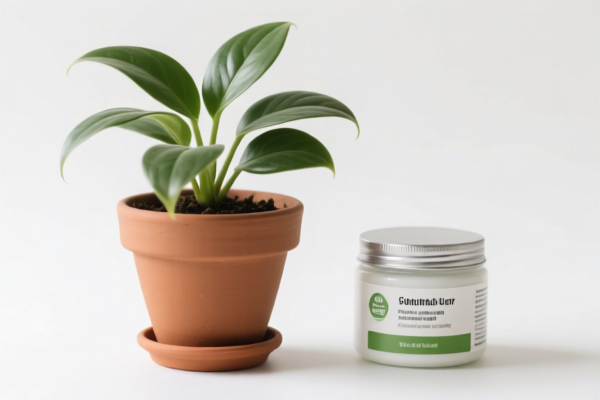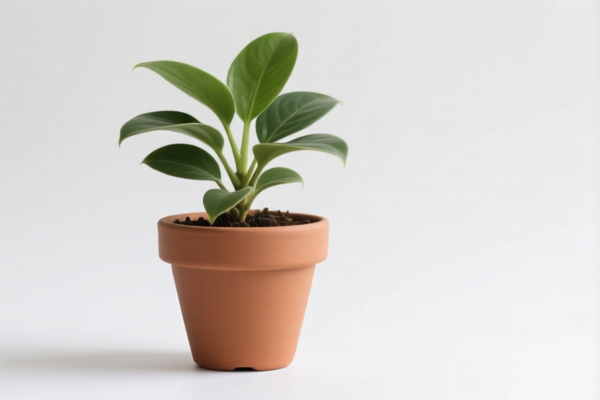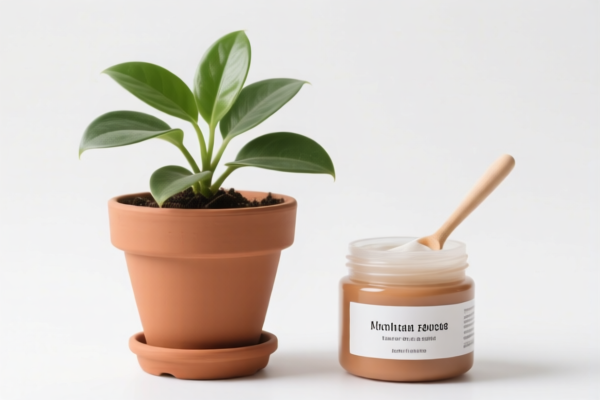| HS Code | Official Doc | Tariff Rate | Origin | Destination | Effective Date |
|---|---|---|---|---|---|
| 6913101000 | Doc | 37.5% | CN | US | 2025-05-12 |
| 6913905000 | Doc | 43.5% | CN | US | 2025-05-12 |
| 6914104000 | Doc | 55.0% | CN | US | 2025-05-12 |
| 6914108000 | Doc | 64.0% | CN | US | 2025-05-12 |
| 1211201020 | Doc | 55.0% | CN | US | 2025-05-12 |
| 1211201090 | Doc | 55.0% | CN | US | 2025-05-12 |
| 1209911000 | Doc | 5.9¢/kg+55.0% | CN | US | 2025-05-12 |




Potted Plant
A potted plant is a plant grown in a container, typically decorative, rather than directly in the ground. This practice allows for greater control over growing conditions and portability.
Materials
- Pots: Commonly constructed from terracotta (clay), plastic, ceramic, metal, or wood. Each material offers different advantages regarding porosity, weight, aesthetics, and cost.
- Terracotta: Porous, allowing for good aeration and drainage, but can dry out quickly and is prone to cracking in freezing temperatures.
- Plastic: Lightweight, inexpensive, and retains moisture well, but can become brittle with age and UV exposure.
- Ceramic: Non-porous, offering a wide range of aesthetic options, but heavier and can be prone to cracking.
- Metal: Durable and aesthetically versatile, but can heat up significantly in sunlight and may require a liner to prevent corrosion.
- Potting Mix: A soilless medium formulated to provide optimal drainage, aeration, and nutrient retention. Common components include peat moss, coco coir, perlite, vermiculite, and bark. Garden soil is generally not recommended for potted plants as it compacts too easily.
Purpose
- Decoration: A primary purpose, enhancing indoor or outdoor spaces with aesthetic appeal.
- Convenience: Allows growing plants in areas with unsuitable native soil or limited space (e.g., balconies, patios, indoors).
- Control: Facilitates control over soil composition, watering, fertilization, and pest/disease management.
- Portability: Enables moving plants to optimal light or temperature conditions or for seasonal protection.
Function
Potted plants function similarly to plants grown in the ground, utilizing photosynthesis to convert light energy into chemical energy for growth. However, their limited root space requires more frequent watering and fertilization. The pot provides a contained environment for root development and supports the plant physically. Drainage holes are essential to prevent root rot.
Usage Scenarios
- Indoor Decor: Common in homes, offices, and other indoor spaces for aesthetic and air-purifying purposes.
- Outdoor Landscaping: Used on patios, balconies, decks, and in gardens to add color, texture, and visual interest.
- Vertical Gardening: Potted plants can be incorporated into vertical gardening systems to maximize space.
- Herb Gardens: Convenient for growing culinary herbs near kitchens.
- Temporary Planting: Useful for plants sensitive to cold weather, allowing them to be brought indoors during winter.
Common Types
The variety of plants suitable for growing in pots is vast. Some common examples include:
- Flowering Plants: Petunias, geraniums, impatiens, begonias, orchids, African violets.
- Foliage Plants: Snake plants, spider plants, pothos, ferns, peace lilies, monstera.
- Succulents & Cacti: Echeveria, sedum, aloe vera, various cacti species.
- Herbs: Basil, mint, rosemary, thyme, oregano.
- Vegetables: Tomatoes, peppers, lettuce, strawberries (dwarf varieties).
- Trees & Shrubs: Dwarf citrus trees, ficus, olive trees (suitable varieties).
Potted plants fall under the category of plants and parts of plants, primarily used in perfumery, pharmacy, or for insecticidal/fungicidal purposes. The classification depends on the specific type of plant and its intended use.
Here are the relevant HS codes found within the provided reference material:
- 1211201020: Ginseng roots: Fresh or dried Cultivated. This code applies to cultivated ginseng roots intended for use in perfumery, pharmacy, or similar applications.
- 1211201090: Ginseng roots: Fresh or dried Wild. This code applies to wild ginseng roots intended for use in perfumery, pharmacy, or similar applications.
- 1209911000: Seeds, fruits and spores of a kind used for sowing: Other: Vegetable seeds: Cauliflower. While specifically for cauliflower seeds, this code represents a broader category of vegetable seeds used for sowing.
Explanation of HS Code Structure (based on provided reference material):
- Chapter 12: This chapter covers plants and parts of plants, including seeds and fruits, used primarily in perfumery, pharmacy, or for insecticidal/fungicidal purposes.
- 1209: This heading specifically covers seeds, fruits, and spores of a kind used for sowing.
- 120991: This subheading further specifies "Other" types of seeds.
- 1209911000: This code denotes vegetable seeds, specifically cauliflower.
- 1211: This heading covers plants and parts of plants, including ginseng roots.
- 121120: This subheading specifies ginseng roots.
- 1211201020/1211201090: These codes further differentiate between cultivated and wild ginseng roots.
Important Note:
According to the provided reference material, the HS code options related to 'potted plant' are limited, with only the following 3 found. The correct HS code will depend on the specific type of plant within the pot and its intended use. If the potted plant is a ginseng root, either 1211201020 (cultivated) or 1211201090 (wild) would be applicable. If it is a vegetable plant like cauliflower, 1209911000 may be suitable.
Customer Reviews
No reviews yet.